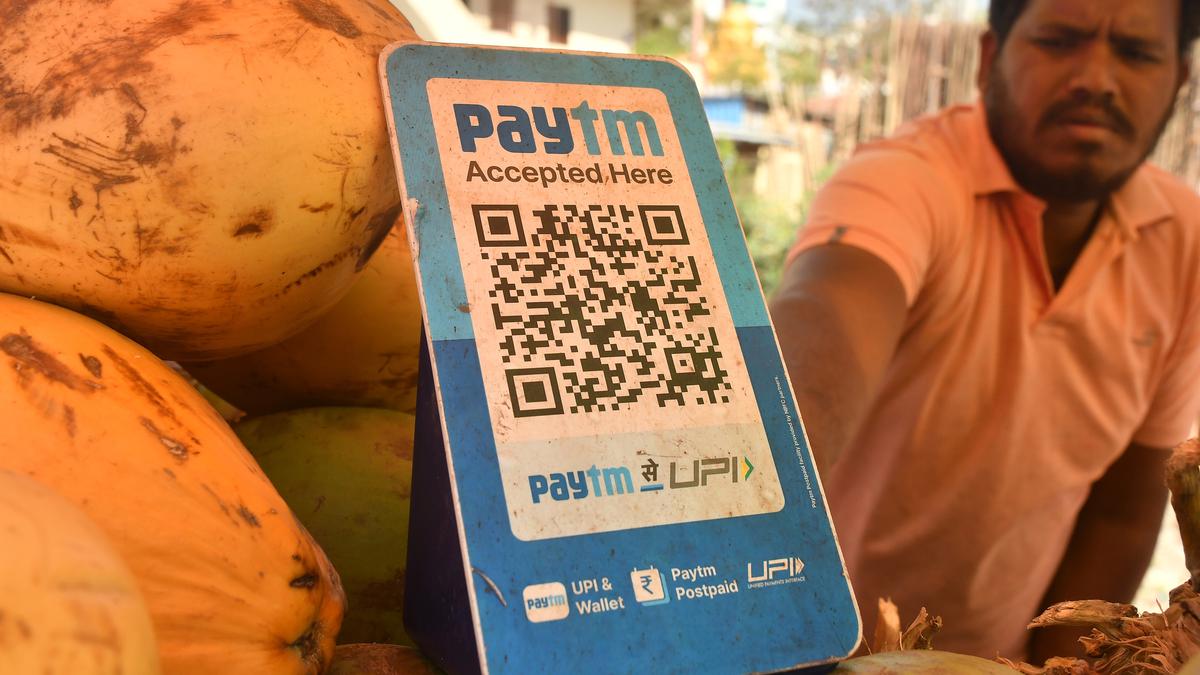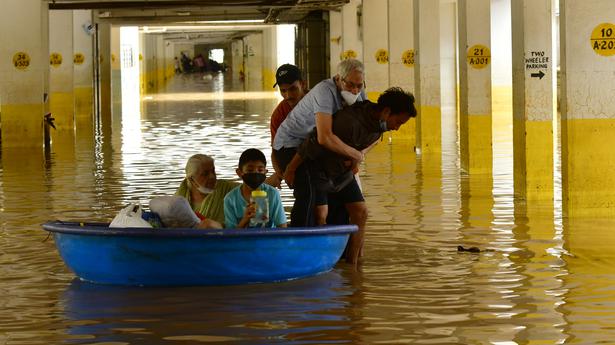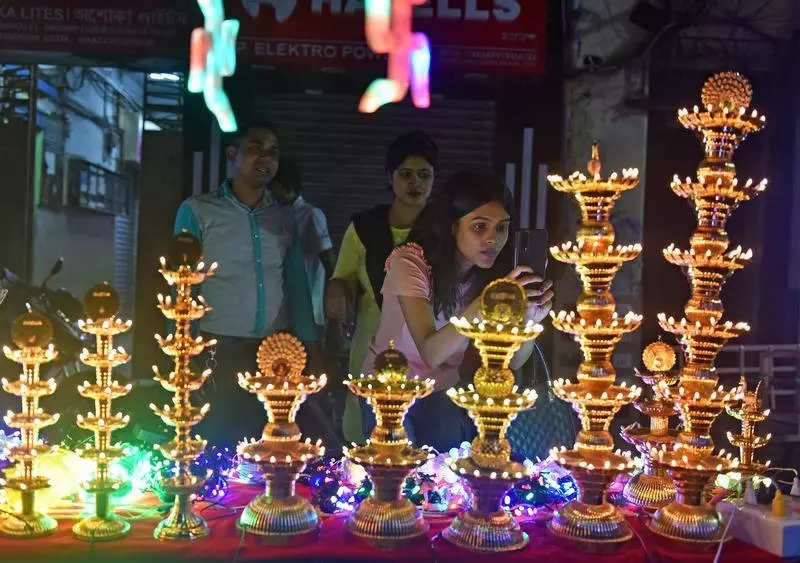World Test Championship Final: Batting holds key as India, New Zealand vie for Test supremacy
World Test Championship Final: Batting holds key as India, New Zealand vie for Test supremacy

"Yeah, it is like a World Cup final for me. The biggest disappointment, I guess, in my career is that I've never really played a white-ball game for New Zealand or never been able to crack into the T20 or the one-day game. That ship has probably sailed now and I don't think the opportunity will ever come. For me now, it's about putting all my focus and energy into Test cricket and to be able to play in a World Test Championship final is like a World Cup for me.": Neil Wagner.
Excitement is in the air and is palpable from New Zealand pacer Wagner's words with the World Test Championship (WTC) final on the horizon. It's not just a special time for the players like Wagner or Cheteshwar Pujara who haven't experienced playing in a World Cup or the World T20 but for the entire cricketing community as well as for the format itself which has been provided with a greater context with the introduction of WTC. Yes, there is a larger scope of improvement going further but that's a discussion for another day.
After 59 Tests, 21 series, a two-year journey and lots of COVID-19 related complications, it all comes down to the BIG match, the World Test Championship final. Southampton will be buzzing as India take on New Zealand in the final at the Ageas Bowl. The battle for Test supremacy will see the winner take home 1.6 million US Dollars and the Test Championship Mace which was earlier presented to the team that topped the ICC Test rankings.
The runners-up take home 800,000 US dollars. In case of a draw or tie, we will have joint winners with the prize money of 2.4 million US dollars split between the two and the Championship Mace shared. There will be a reserve day as well to make up for any lost time during the regular five days of the final.
Batting will be the key
Both the teams have come into the final on the back of strong performances over the two years. And as they head into the final there is very little to separate the two sides. However, if there is one key factor that might decide which way the balance swings, it's how the two teams bat. Both teams possess quality bowling attacks with a lot of variety and are primed to do well. India's bowling has improved immensely over the last few years and become one of the best in world cricket. They have the best bowling average of 22.15 in the WTC so far and the best strike-rate of 45.6 as well. New Zealand over the years have produced some world-class bowlers and currently have the experience and class of Trent Boult, Tim Southee and Neil Wagner in their arsenal.
It will all come down to who bats well. England is not a place where teams score 400s or 500s or 600s. It's a difficult place to bat with unpredictable weather coupled with the Dukes ball which swings more than the others. And over the last four years or so, it's become tougher to bat in England. From the start of last decade (1 Jan 2011) till the end of 2016, the average runs per wicket in England was 34.33. However, in the last four years (Since 1 Jan 2017) it has dropped to 28.61. Even in Southampton, in four Tests since 2018, the average has been 28.54.
New Zealand recently played a two-match series against England and that would have helped the batsmen get into the groove and acclimatise to the conditions even though most of them played just one Test. Newcomer Devon Conway will be fresh from a brilliant debut double hundred while Ross Taylor will be relieved to get back some form with an 80-run knock at Edgbaston.
The Kiwis averaged 31.82 runs per wicket in the recently concluded series While India, when they toured England in 2018, averaged 23.90 runs per wicket. That is a decent enough difference in a country like England.
The Ageas Bowl groundsman Simon lee, in an interview with ESPNCricinfo, said that he aims to prepare a pitch that has pace, bounce and carry. And if the conditions are dry it might assist spin as well later in the game. With the weather expected to turn around after the heatwave in England, intermittent rains, cold winds and thundershowers are likely to impact the Ageas Bowl in Southampton, according to Weather.com. The conditions might get similar to what you can expect in New Zealand. Something which the Kiwi pacers will relish. They outclassed the Indian batsmen in their own backyard last year.
India could manage just one total of over 200 in four innings. The muddled minds had made the difference. They couldn't strike a balance between caution and aggression. Virat Kohli was honest with his assessment stating that the Indians made too much of the conditions from the first day. The lack of clarity in the minds led to their downfall.
The unpredictable English weather can play on your mind. And it will be important that they go into this Test with a clear mind.
Rohit Sharma and Shubman Gill will open the batting. Though experienced, it will be a litmus test for Rohit who has averaged just 27 away from home and has played just one Test in England, that too at No 6. It's the same for Gill who is on his first senior tour to England.
Experience will be vital for both sides. Cheteshwar Pujara, Virat Kohli and Ajinkya Rahane will form the fulcrum of India's batting line-up while Kane Williamson, along with Ross Taylor and BJ Watling will form the pillars of the Kiwi batting line-up.
The Kiwis will be relieved to see Taylor hit some form against England after just one fifty-plus score in 14 innings prior to that. Kane Williamson is New Zealand's highest run-getter in the WTC. However both the batsmen would look to improve their record against India. Taylor averages 33.83 against India, his second-lowest against all nations. While Williamson has his lowest average against India — 36.40. And hasn't had a great time in England averaging just 26.10, his second-lowest average in a country after South Africa. A big final, Test of nerves, it's an ideal stage for Watling, New Zealand's expert in difficult situations, to walk in the sunset on a high after years of delivering under pressure.
Kohli will be looking to end his century drought which has stretched to 12 innings now. In between, he's played some high-class non-century innings in difficult conditions but a ton on the grand stage would be extra special. He scored two centuries in the last tour of England and was by far India's best batsman bouncing back hard after the horror tour of 2014.
While batting takes the center stage, a lot will depend on how early India can get the lower-order and tail out, their perennial nemesis over the last few years. The Kiwi lower-order made the difference in the 2020 series, frustrating the Indians. They were frustrated on the 2018 England tour and the South Africa tour prior to that. So it's one of the crucial aspects of their performance India would have analysed ahead of the match.
Team combinations
Well, Kohli is not looking too much into the forecast and has announced India's eleven on the eve of the Test. India are looking to go with the best combination that provides them the balance. So they have gone with the two spinners-three pacers strategy with Ravindra Jadeja and R Ashwin both included in the line-up. They have also gone for experience in the pace department with Jasprit Bumrah, Ishant Sharma and Mohammed Shami forming the pace trio. This is the first time ever that these five will be playing together. Jadeja and Ashwin's improvement as batsmen over the last couple of years instill confidence and provide the cushion down the order.
In the last three years (since 7 Sept 2018), Jadeja has averaged 58.30 with the bat including one century and seven fifties. That average might be inflated a bit with the not-outs but he's provided the assurance, performing in tough conditions under pressure and could be more than a decent option down the order. He can also make an impact with his fielding which could create a difference in big matches. Also, if the conditions are dry and the pitch assists spin, India will hold the edge.
Williamson said in the pre-match conference that they will have a closer look at the surface and have a few more conversations before they decide on the team combination. While the conditions and pitch might play an important role, there is a temptation to peep into the past as well.
At the Ages bowl, in the last three years (Since 2018), in the four Tests played, the pacers have averaged 28.09 and struck every 61.2 balls while the spinners have averaged 36.62, striking every 70 balls. The pacers have done well. But overall, since it hosted its first Test in June 2011 it is the second-best venue in England for the spinners where they have averaged 34.58. It's at the same venue that Moeen Ali dismantled the Indian batting with nine wickets in their last visit to England in 2018 and prior to that in 2014 with eight wickets (six in the second innings).
Should they go in with an all-pace attack that will have four pacers (to choose from rich options in Tim Southee, Trent Boult, Kyle Jamieson, Neil Wagner, Matt Henry) which has brought them so much success, along with all-rounder Colin de Grandhomme? Or Go with the lone spinner Ajaz Patel and three pacers along with de Grandhomme? Or Four pacers and a spinner? The last option would mean using Jamieson at No 7 and might weaken their lower-order batting a bit. De Grandhomme brings them the balance. It's a tricky call and one that the Kiwis will need to get right.
Player to watch out for:
Rishabh Pant: The 23-year-old wicket-keeper batsman has been on the crest of a wave in the last few months. He's grown as a batsman and a keeper and showed glimpses of his game-changing ability in Australia and against England at home. In his last 10 innings, he's averaged 64.37, scoring at a strike-rate of 76.52. That 97 in Sydney, 89 not out in Brisbane, 91 in Chennai, 101 in Ahmedabad showed that he can deliver under pressure and single-handedly change the course of the match in a session, pushing the opposition on the backfoot. His last innings in England was a fighting century at the Oval in 2018. He is a confidence player and with momentum on his side, he could prove to be a massive X-factor.
Kyle Jamieson: The 26-year-old pacer has had a blistering start to his New Zealand career. He troubled the Indians back home last year and has taken at least one five-wicket haul in three out of the four series he's played so far. In seven matches he's taken 39 wickets (including a 10-wicket match haul) and averaged 15.5 since making his debut against India in Hamilton in February 2020 and has had a strike rate of 37.10. His contributions down the order with the bat have also been vital. He averages 47, with 235 runs from seven innings. If the pitch does favour pace and bounce, the 6'8" pacer from Auckland could well get under the skins of the Indian batsmen again.
Yes, New Zealand will have a slight edge having played the England Test series ahead of the final and achieved a series win after 22 years. India, on the other hand, have had long periods of quarantine and then net practice and intra-squad matches. They will need to adapt as quickly as possible. India though have the experience of playing two Tests (both lost) at Southampton while the Kiwis haven't played one at the Ageas Bowl. India have played 10 Test over the last seven years in England while New Zealand have played just six in last eight. Having fans back in the stands will also act as a catalyst for India given the support they enjoy around the world.
With Kohli looking to find a place for an ICC trophy in his cabinet and New Zealand looking to get over the finish line after heartbreaks of the last two ODI World Cup finals losses, Southampton is set to witness a fascinating battle of skill and nerves.



 Admin
Admin 






































